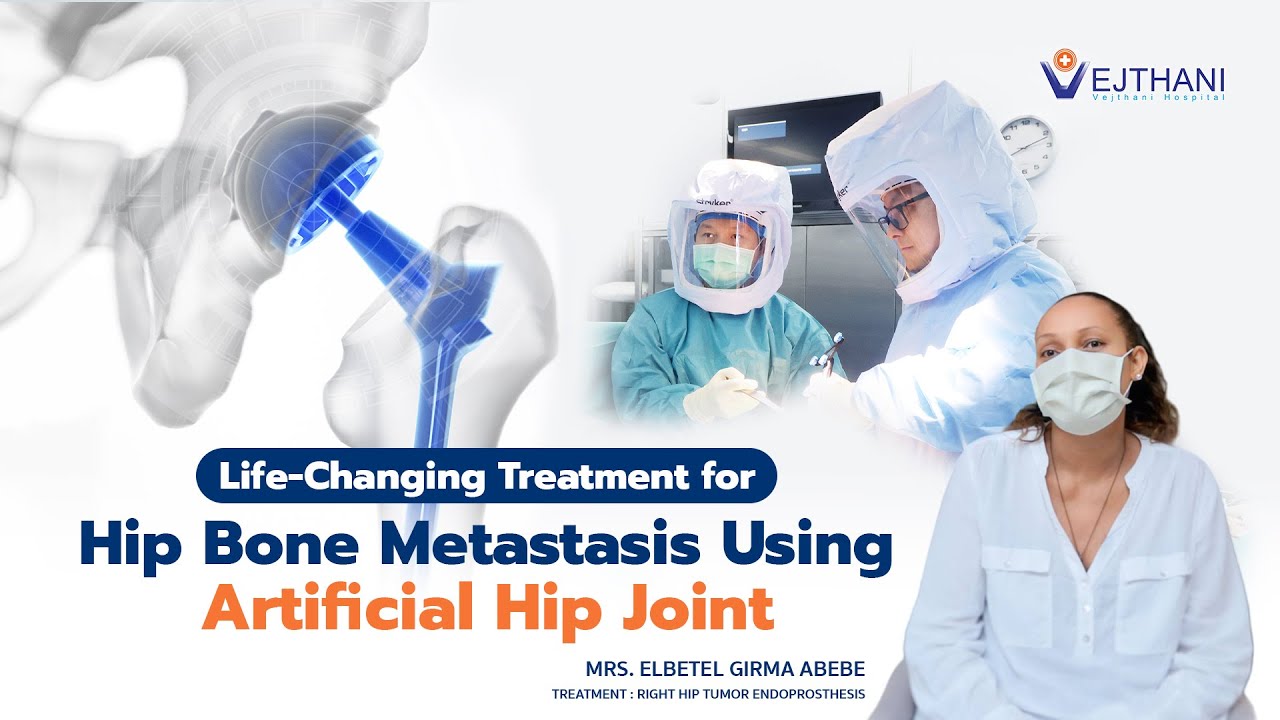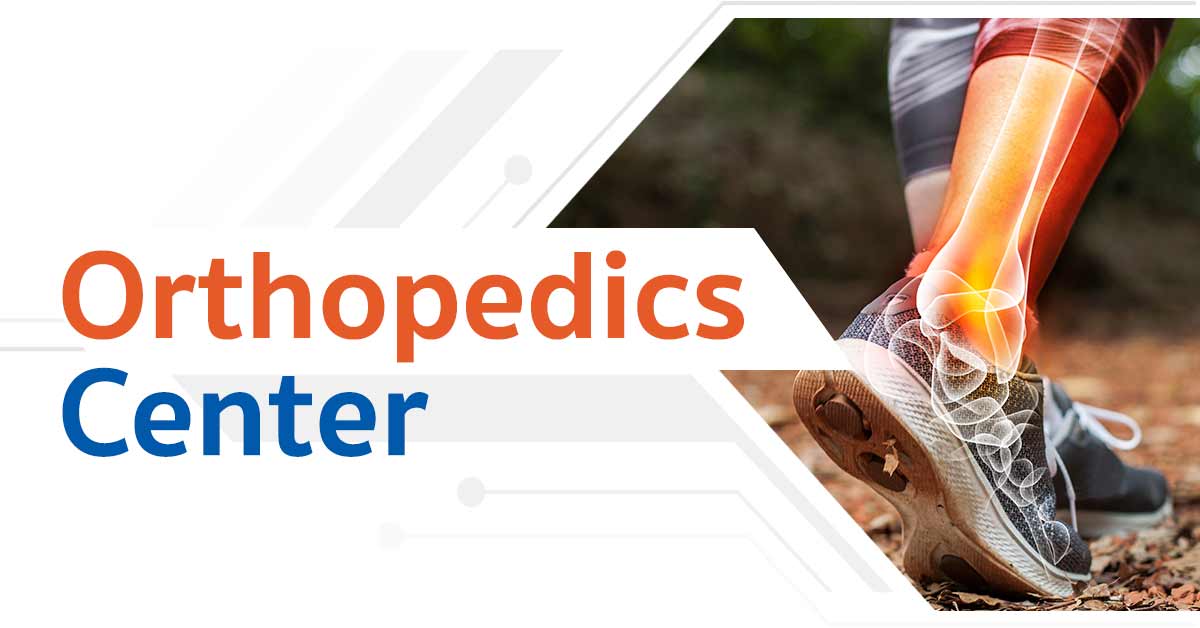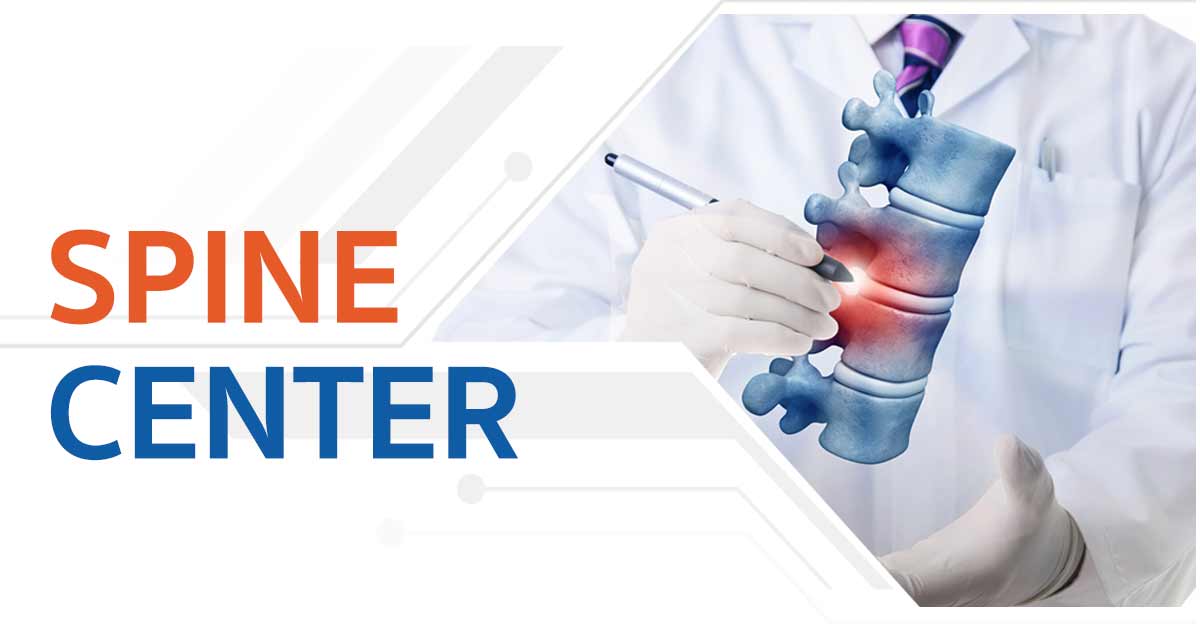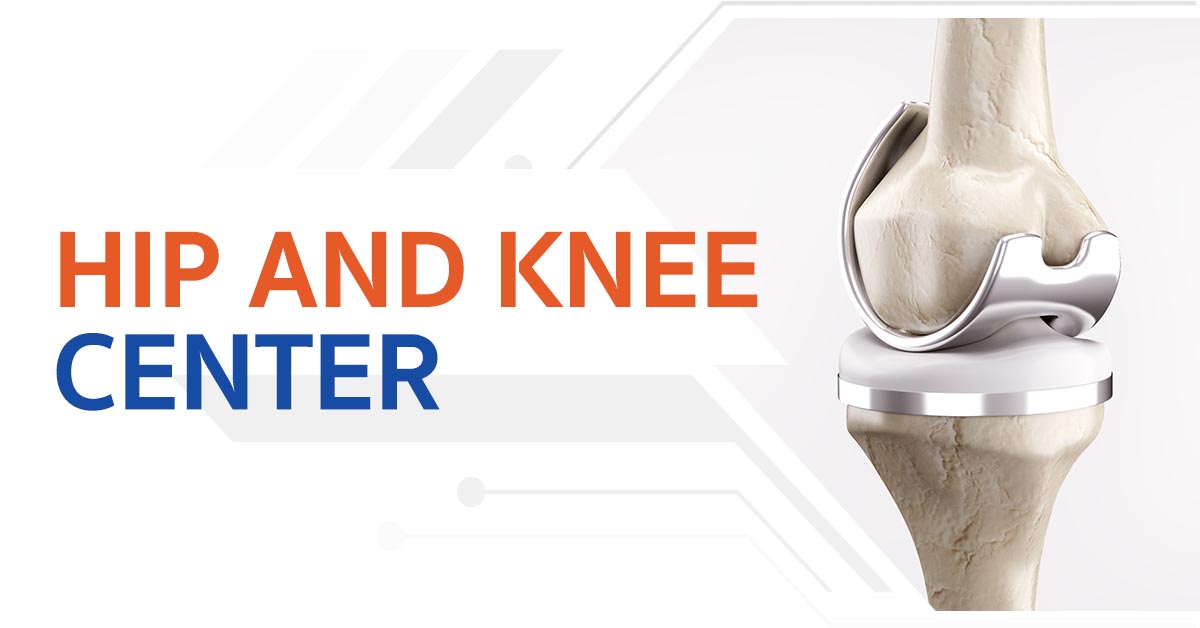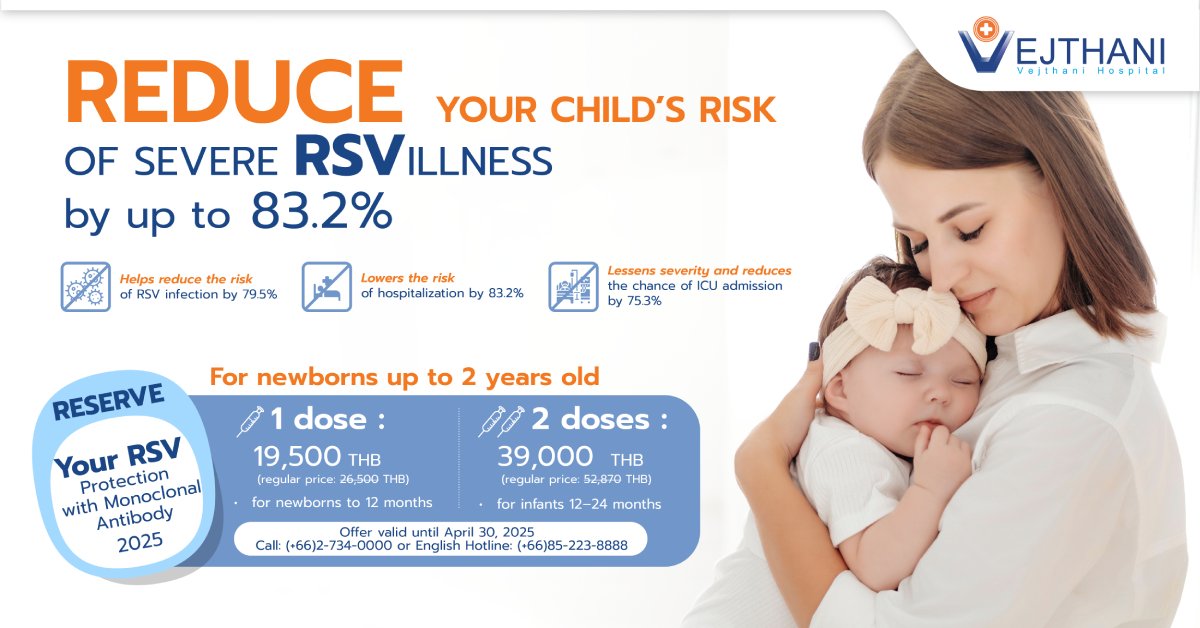
Antibiotics
Overview
Antibiotics are essential medications designed to combat bacterial infections, which are caused by microscopic germs that can reside in your body, on your skin, and in your environment. While most bacteria are harmless or even beneficial, certain types can cause illness, ranging from mild infections to severe conditions requiring hospitalization. Antibiotics play a crucial role in treating bacterial infections, helping to alleviate symptoms and in some cases, saving lives.
However, the widespread use of antibiotics when they are not necessary, such as for viral infections like colds or flu, or for mild bacterial infections that could resolve on their own, poses significant risks. Overuse and misuse of antibiotics can lead to adverse effects and contribute to the global issue of antibiotic resistance. This occurs when bacteria adapt and become resistant to the drugs used to treat them, making infections harder to cure and increasing the risk of complications.
To maximize the benefits of antibiotics while minimizing risks, it’s important to use them only as prescribed by healthcare providers. Understanding how antibiotics work and which conditions they treat can empower individuals to take an active role in their healthcare. By following medical advice, patients can ensure antibiotics are used effectively, preserving their effectiveness for when they are truly needed and promoting better health outcomes overall.
Types
Prophylactic antibiotics: These are medications given to prevent bacterial infections. They’re used before surgeries, certain medical procedures, or for people at higher risk of infection due to health conditions or wounds.
Broad-spectrum antibiotics: These are medicines that can kill a wide range of bacteria. They’re effective when the specific bacteria causing an infection isn’t known. However, overuse can lead to antibiotic-resistant bacteria, which are harder to treat. Therefore, they should only be used when necessary and under medical guidance.
Reasons for undergoing the procedure
Antibiotics are used to treat a broad variety of diseases that can affect any region of your body, including the skin and internal organs. Listed below are a few examples.
- Skin and soft tissue infections:
- Bite infections (animal or human).
- Cellulitis.
- Gangrene.
- Impetigo.
- Necrotizing fasciitis.
- Staph infection.
- Throat and respiratory infections:
- Bacterial pneumonia.
- Strep throat.
- Whooping cough.
- Urinary system and reproductive infections:
- Bacterial vaginosis (BV).
- Other sexually transmitted infections (STIs).
- Urinary tract infection (UTI).
- Eye infections:
- Orbital cellulitis.
- Pink eye
- Other conditions
- Anthrax.
- Endocarditis.
- Lyme disease.
- Sepsis from a bacterial infection.
Antibiotics are not recommended for viral infections. The objective of antibiotics is bacteria, not viruses. Thus, they won’t function in situations such as:
- Bronchitis.
- Flu, common cold, or runny nose.
- Sore throat, unless it is strep throat.
- Viral sinus infection
If you require antibiotics for any of these common infections, your healthcare provider will let you know.
Risk
Drug interactions and antibiotic resistance are the two main risks associated with antibiotic usage.
- Antibiotic resistance: The issue of antibiotic resistance affects public health worldwide. It occurs when bacteria change so that they become resistant to antibiotics that used to be able to eradicate them.
- Drug interactions: Some antibiotics can interact with a wide range of medications, including those used for cardiovascular disease, indigestion, and pain management. Examples of drugs that may interact with certain antibiotics include warfarin, beta-blockers, antacids, and NSAIDs. While most antibiotics do not affect hormonal contraception, exceptions exist with antibiotics used for tuberculosis and meningitis. It’s crucial to inform your healthcare provider about all medications you’re taking, both prescription and over-the-counter, as well as any herbal supplements, to ensure safe prescription of antibiotics tailored to your needs.
Procedure
There are numerous forms of antibiotics, such as:
- Oral antibiotics: These medications are used orally. They could be liquids that you drink or pills or capsules that you consume.
- Topical antibiotics: These are topical medications that you apply to your body. For instance, you could apply an ointment or cream containing antibiotics to your skin. Alternatively, you may treat some infections by using antibiotic drops to your ears or eyes.
- Injections and intravenous (IV) antibiotics: Your healthcare provider administers these medications to you intravenously (IV) through an injection into a muscle. These forms are usually used by providers for infections that are more serious.
When you stop taking antibiotics, they usually remain in your system for a few hours to several days. The length of time an antibiotic remains in your system might vary depending on a number of factors, such as your age, the type of antibiotic you’re taking, and its dosage. Find out more about the particular medication you’re taking and how long it will last in your body by consulting with your healthcare provider.
Outcome
When your healthcare provider prescribes antibiotics, it’s crucial to inform them about all your prescription and over-the-counter medications, including any vitamins or herbal supplements you take. This information helps them recommend a safe antibiotic for you. Be sure to carefully read the warnings and instructions provided with your medications. Learn about possible side effects and how to identify allergic reactions. If you have any questions or concerns about side effects, reach out to your healthcare provider.
The potential benefits of antibiotics are numerous. They are capable of:
- Effectively rid your body of bacterial diseases.
- Improve the recovery process.
- Prevent you from spreading the infection to other people.
- Protect you against life-threatening conditions or problems.
- Reduce the discomfort and improve the way you feel.
Your treatment approach and the sort of disease you have will determine how things turn out. After taking antibiotics, you should feel better for many common infections, such as strep throat and urinary tract infections, within a few days. In your case, your healthcare provider can advise you on what to anticipate.
If you experience diarrhea as an antibiotic side effect or minor allergic response symptoms (such as a mild rash), call your healthcare provider.
If you exhibit any symptoms of a severe allergic response (anaphylaxis), seek immediate medical attention. Often, this begins with an intense, sudden itching in your face or eyes. You can experience additional symptoms, like facial and throat swelling, in a matter of minutes. It might be tough for you to breathe or swallow. Anaphylaxis can be life-threatening if treatment is delayed.
Contact Information
service@vejthani.com
